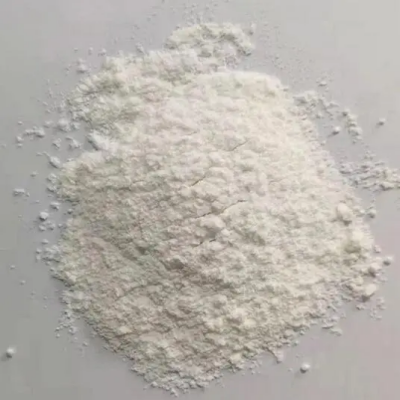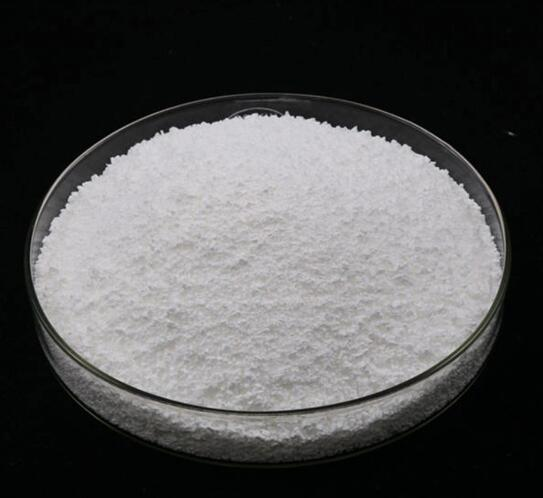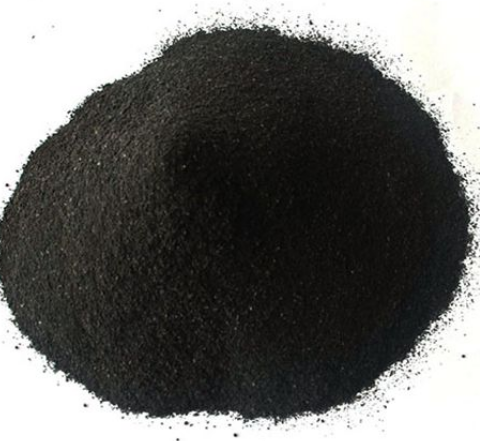9,9-dimethylxanthene CAS:19814-75-6
9,9-Dimethylxanthene finds applications in several industrial and scientific domains due to its aromatic characteristics and chemical versatility. Fluorescent Dyes: 9,9-Dimethylxanthene is utilized in the synthesis of fluorescent dyes and indicators due to its aromatic structure and fluorescence properties. It serves as a fluorophore in dye molecules used for fluorescence microscopy, flow cytometry, and fluorescent labeling in biological and medical research. Organic Synthesis: In organic chemistry, 9,9-Dimethylxanthene serves as a building block for the synthesis of various organic compounds. Its aromaticity and reactivity make it valuable for constructing complex molecules, including pharmaceutical intermediates, agrochemicals, and specialty chemicals. Material Science: 9,9-Dimethylxanthene is employed in material science for the development of organic semiconductors and optoelectronic devices. It is incorporated into organic light-emitting diodes (OLEDs), organic photovoltaic cells (OPVs), and organic field-effect transistors (OFETs) due to its electron-donating properties and ability to enhance charge transport in organic materials. Photodynamic Therapy: In biomedical applications, 9,9-Dimethylxanthene derivatives are investigated for their potential use in photodynamic therapy (PDT) for cancer treatment. These compounds exhibit photosensitizing properties, absorbing light energy and generating reactive oxygen species (ROS) to induce cancer cell death selectively. Chemical Analysis: 9,9-Dimethylxanthene derivatives are employed as analytical reagents and standards in chemical analysis techniques such as high-performance liquid chromatography (HPLC) and mass spectrometry (MS). They serve as reference compounds for identifying and quantifying analytes in complex mixtures. Environmental Monitoring: In environmental science, 9,9-Dimethylxanthene is used as a tracer compound for monitoring environmental pollutants and studying transport phenomena in aquatic and atmospheric systems. Its presence in environmental samples can indicate anthropogenic contamination or natural processes. Pharmacology Research: Researchers utilize 9,9-Dimethylxanthene derivatives as molecular probes and pharmacological tools to study biological processes and drug-receptor interactions. These compounds help elucidate the mechanisms of action of various drugs and identify potential therapeutic targets for drug development. Chemical Education: 9,9-Dimethylxanthene and its derivatives serve as valuable educational tools in chemistry classrooms and laboratories for teaching organic synthesis, aromaticity, and spectroscopic analysis techniques. They provide students with hands-on experience in synthetic chemistry and spectroscopic characterization methods. Overall, 9,9-Dimethylxanthene plays a significant role in diverse fields, including fluorescence imaging, organic synthesis, material science, biomedical research, chemical analysis, environmental monitoring, pharmacology, and chemical education, owing to its aromatic properties and chemical versatility.



| Composition | C15H14O |
| Assay | 99% |
| Appearance | white powder |
| CAS No. | 19814-75-6 |
| Packing | Small and bulk |
| Shelf Life | 2 years |
| Storage | Store in cool and dry area |
| Certification | ISO. |









![1,8-Diazabicyclo[5.4.0]undec-7-ene CAS:6674-22-2](https://cdn.globalso.com/xindaobiotech/1ZNB2ZF342ZWRNG153.png)